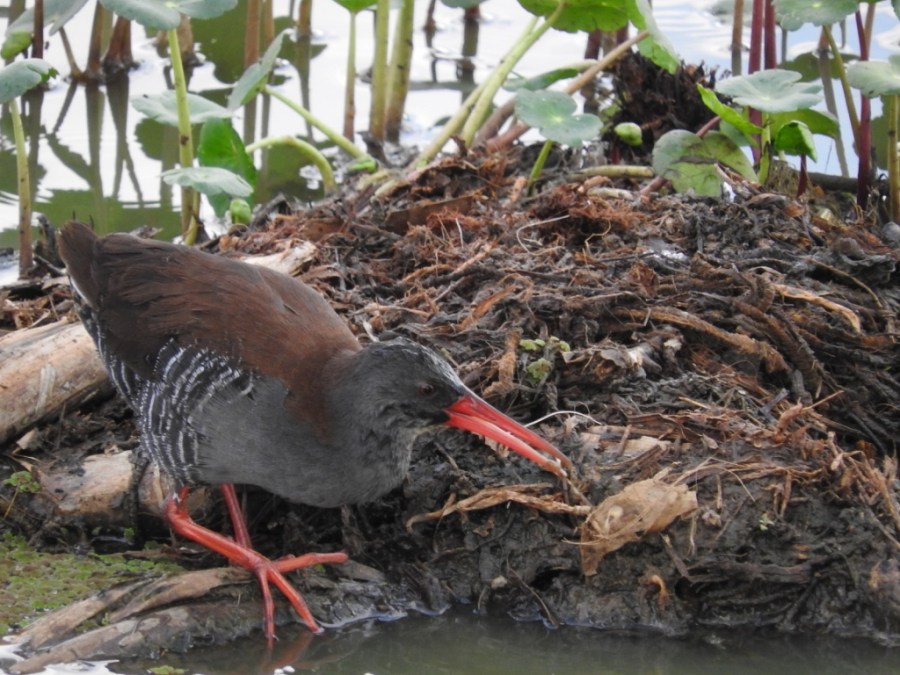
 Over the weekend, I was requested by a friends of mine David to joined him for a birding day trip to Nairobi national park. At 6:00 am, We meet with David at the base of his apartment in Lavington, Kilimani area of Nairobi and after a quick exchange of pleasantries, we were on the road again and in 20 minutes, we reached the KWS headquarters Lagata gate. Being a Sunday morning, we got lucky with the traffic.
Over the weekend, I was requested by a friends of mine David to joined him for a birding day trip to Nairobi national park. At 6:00 am, We meet with David at the base of his apartment in Lavington, Kilimani area of Nairobi and after a quick exchange of pleasantries, we were on the road again and in 20 minutes, we reached the KWS headquarters Lagata gate. Being a Sunday morning, we got lucky with the traffic.
David being an expatriate, we had to prove his residency status by queuing in the line with his passport and after 15 minutes, we were allowed entry. Nairobi national park has four distinct habitats;The park’s predominant environment is open grass plain with scattered Acacia bushes. The western uplands of the park have highland dry forest with stands of Olea Africana, Croton dichogamus, Brachylaenahutchinsii and Calodendrum .The lower slopes of these areas are grassland. Themeda cypress, Dgitaria and croton species are found in these grassland areas. There are also scattered yellow-barked Acacia xanthophloea . There is a riverine forest along the permanent river in the south of the park. There are areas of broken bush and deep rocky valleys and gorges within the park and Swamps.
It is from one of those swamps, that we spotted the African Water Rail, this skulker gave us an incredible 2 minutes show and off it disappear in to the tall reeds along the edge of the swamp. Other than the Water rail, we also recorded Lesser Swamp Warbler, Singing Cisticola, Spectacled and Holub’s Golden Weaver, Long-toed, Blacksmith and Spur-winged Lapwing, Long-tailed Fiscal, Pin-tailed Whydah, Northern-pied Babbler and Martial Eagle among others.
And by the way, Nairobi national park was the first park to be established in Kenya in the year 1946 and Nairobi’s skyscrapers can be seen from the park. It is the same park where tonnes of Ivory were burned since 1989 by President Daniel Arap Moi in 1989, Mwai Kibaki in 2004 and Uhuru Kenyatta in 2016. This events improved Kenya’s conservation and wildlife protection image.

